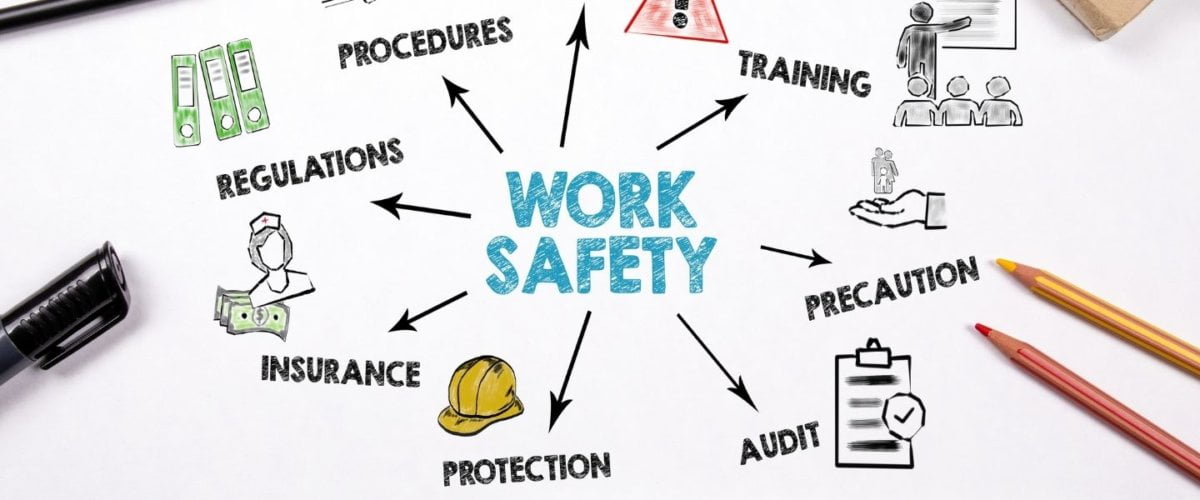What is health & safety?
What is meant by Health and Safety? Health refers to our general well being. It means that we have a positive sense of mental, physical and social well being. Safety is a feeling of security where we can work without fear of danger or injury.

Lone worker safety is our priority
At Trackplot we are primarily concerned with safety, in particular outdoor lone worker safety. Looking after Health and Safety makes good business sense. Workplaces which neglect health and safety risk prosecution, may lose staff, and may increase costs and reduce profitability. Prevention is definitely better than cure.
Watch this video to understand the law and an employer’s duty of care :
Why is health & safety important?
The importance of health and safety in the workplace cannot be underestimated. 124 people were killed in work-related accidents (HSE 2024/25) and 604,000 were injured last year (Labour Force Survey). The purpose of health and safety is to protect your workers, contractors, customers and members of the public when they are involved with your business.
There are specific health and safety laws and it is part of being a good employer to make sure your staff aren’t at risk of injury as a result of the work they do for you. Organisations that disregard the law face lower staff retention rates and lower profitability. Even worse, poor health and safety can lead to illness, injury and even death – you can be prosecuted for breaching health and safety regulations which can lead to fines, imprisonment and the loss of your business altogether.
Lone worker definition
What is a lone worker? Businesses are often confused as to whether they employ or engage lone workers or not. A lone worker is someone who works by themselves without a colleague. Lone workers can be found in a wide range of sectors and situations from construction and highways; agricultural and forestry workers; community service workers such as healthcare workers, drivers and couriers; to professionals visiting premises such as sales representatives, architects and estate agents. They may work from home, from a fixed base or they may be mobile workers in different locations each day.
Lone workers include employees, volunteers, contractors and self-employed people.
The costs of workplace injuries and ill health
1.7 million workers suffered work-related illness in Great Britain (2023/24). The total costs to Britain were around £21.6bn in 2022/23. Workplace injury and ill health has a human impact on the individual’s quality of life and for fatal injuries loss of life; and there are the financial costs such as loss of production and healthcare costs.
READ: HSE’s publication Costs to Great Britain of workplace injuries and ill health
It is proven that better health and safety brings:
-
Better employee engagement.
-
Improves productivity.
-
Reduces costs.
-
Helps to retain good people.
-
Help drive profits.
